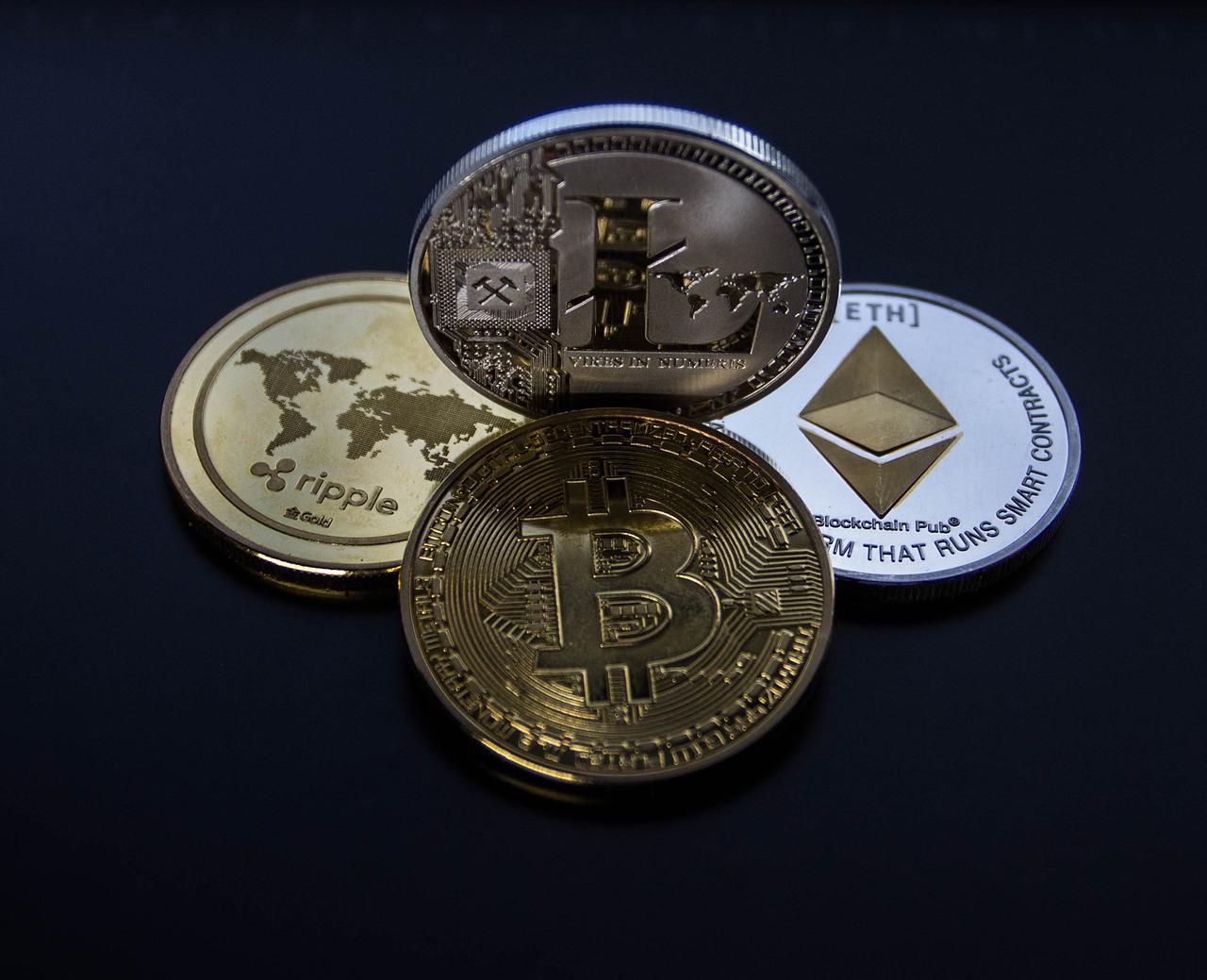 NFTs gained popularity all over the world, but many questions remain. For example, do you know what is a non-fungible token (NFT)?
NFTs gained popularity all over the world, but many questions remain. For example, do you know what is a non-fungible token (NFT)?
They are cryptographic assets on a blockchain with unique identification codes as well as metadata that distinguish them from each other.
As opposed to cryptocurrencies, NFTs can’t be traded or exchanged at equivalency. This differs from fungible tokens like cryptocurrencies, which are identical to each other and, hence, can serve as a medium for commercial transactions.
It is worth noting that non-fungible tokens evolved from the ERC-721 standard. Importantly, developed by some of the same people responsible for the ERC-20 smart contract, ERC-721 defines the minimum interface-ownership details, security, and metadata- required for the exchange and distribution of gaming tokens.
People should pay more attention to various NFTs, including Lazy Lions NFT.
More importantly, the ERC-1155 standard takes the concept further by reducing the transaction as well as storage costs required for NFTs as well as batching multiple types of NFTs into a single contract.
Non-fungible tokens have the potential for a number of use cases. For example, NFTs are an ideal vehicle to represent physical assets like real estate digitally.
As NFTs are based on blockchains, NFTs can also work to remove intermediaries and connect artists with audiences or for identity management. They can remove intermediaries, simplify transactions, and create new markets.
Fascinating facts about non-fungible tokens
The vast majority of the current market for NFTs is centered around collectibles, such as digital artwork, sports cards, and rarities.
Perhaps the most popular space is NBA Top Shot, a place to collect non-fungible tokenized NBA moments in digital card form. Some of these digital cards have sold for millions of dollars.
As in the case of physical money, cryptocurrencies are fungible, meaning that they can be traded or exchanged, one for another. For instance, one bitcoin, the world’s largest cryptocurrency in terms of market capitalization, is always equal in value to another bitcoin. Likewise, a single unit of ether is always equal to another unit.
This fungibility characteristic makes cryptocurrencies appropriate as a secure medium of transaction in the digital economy.
NFTs change the crypto paradigm by making each token unique as well as irreplaceable, hence making it impossible for one NFT to be equal to another. NFTs are digital representations of assets and have been likened to digital passports because each token contains a one of its kind, non-transferable identity to distinguish it from other tokens.
NFTs are also extensible, meaning you can combine one NFT with another to “breed” a third unique NFT.
Perhaps the most famous use case for non-fungible tokens is that of CryptoKitties. They are digital representations of cats with unique identifications on Ethereum’s blockchain. Each kitty is one of its kind and has a price in ether. Kitties reproduce among themselves and produce new offspring, which have different attributes as well as valuations compared to their parents.
Within several weeks of their launch, CryptoKitties acquired a fan base that spent $20 million worth of ether to buy, feed, and nurture them.


